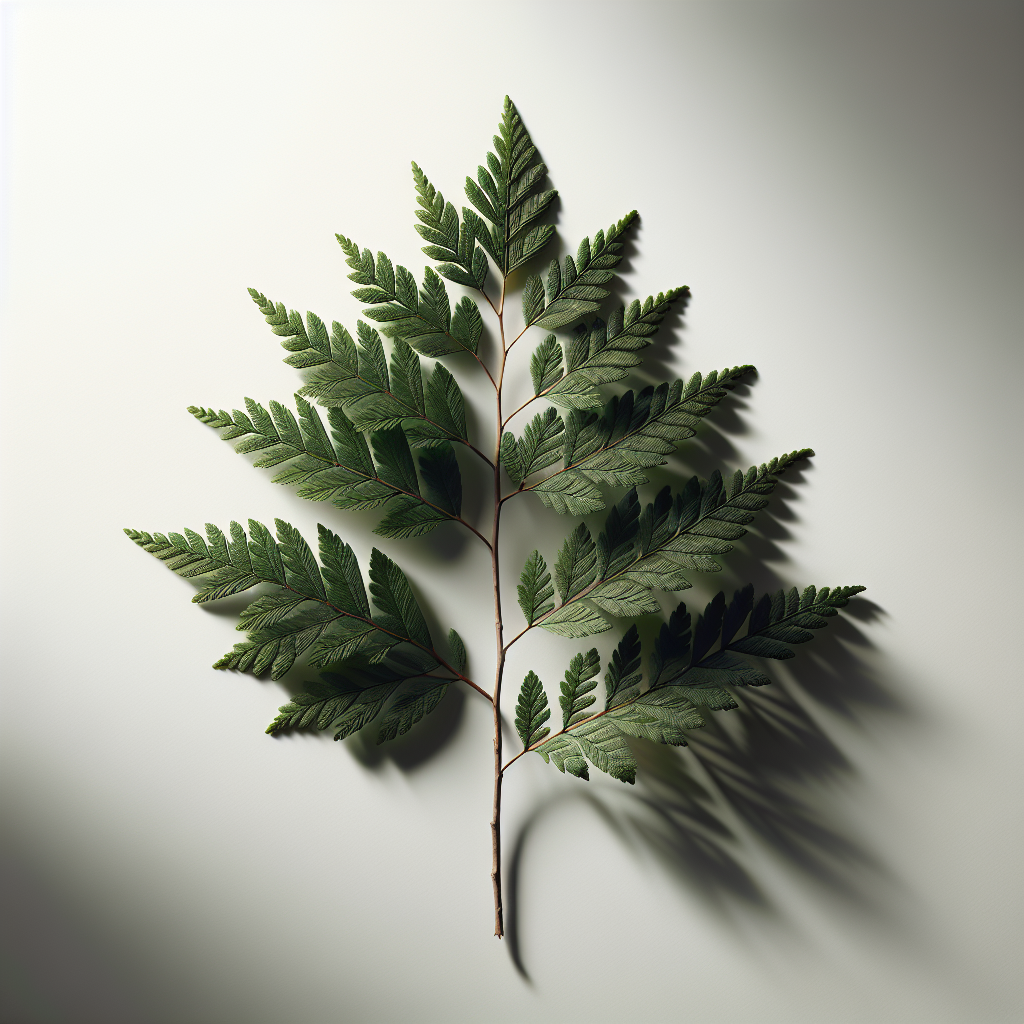
cedar leaves
Woody Family
Cedar leaves note adds a vibrant, green, and slightly balsamic touch to fragrances.
moderate
moderate
1 fragrances
Woody
Olfactory Profile
About cedar leaves
Cedar leaves, deriving from various species of cedar trees, contribute a distinctively fresh, green, and slightly woody aroma with a subtle balsamic undertone. This note captures the essence of walking through a lush cedar forest, evoking a sense of serenity and connection to nature. Cedar leaves are widely appreciated in perfumery for their ability to add depth and complexity to a fragrance composition, often serving as a middle note that bridges top notes with the richer base notes. Their use spans a wide range of fragrances, from masculine to unisex and even some feminine compositions, showcasing their versatility.
Natural Sources
- •Cedrus atlantica (Atlas cedar)
- •Cedrus deodara (Himalayan cedar)
- •Cedrus libani (Cedar of Lebanon)
Synthetic Alternatives
While the natural cedar leaves note is preferred for its authenticity, synthetic equivalents are used to replicate its aroma in a more cost-effective manner or to achieve consistency in fragrance formulations. These synthetics aim to mimic the fresh, green, and woody characteristics of cedar leaves.
Perfumer's Tips
In perfumery, the cedar leaves note is best used in moderation as a middle note to introduce a crisp, green freshness without overwhelming the composition. It pairs well with other woody notes to enhance depth or with citrus and herbal notes for a refreshing profile. The timing of its addition during the fragrance blending process is crucial to preserve its delicate balance.